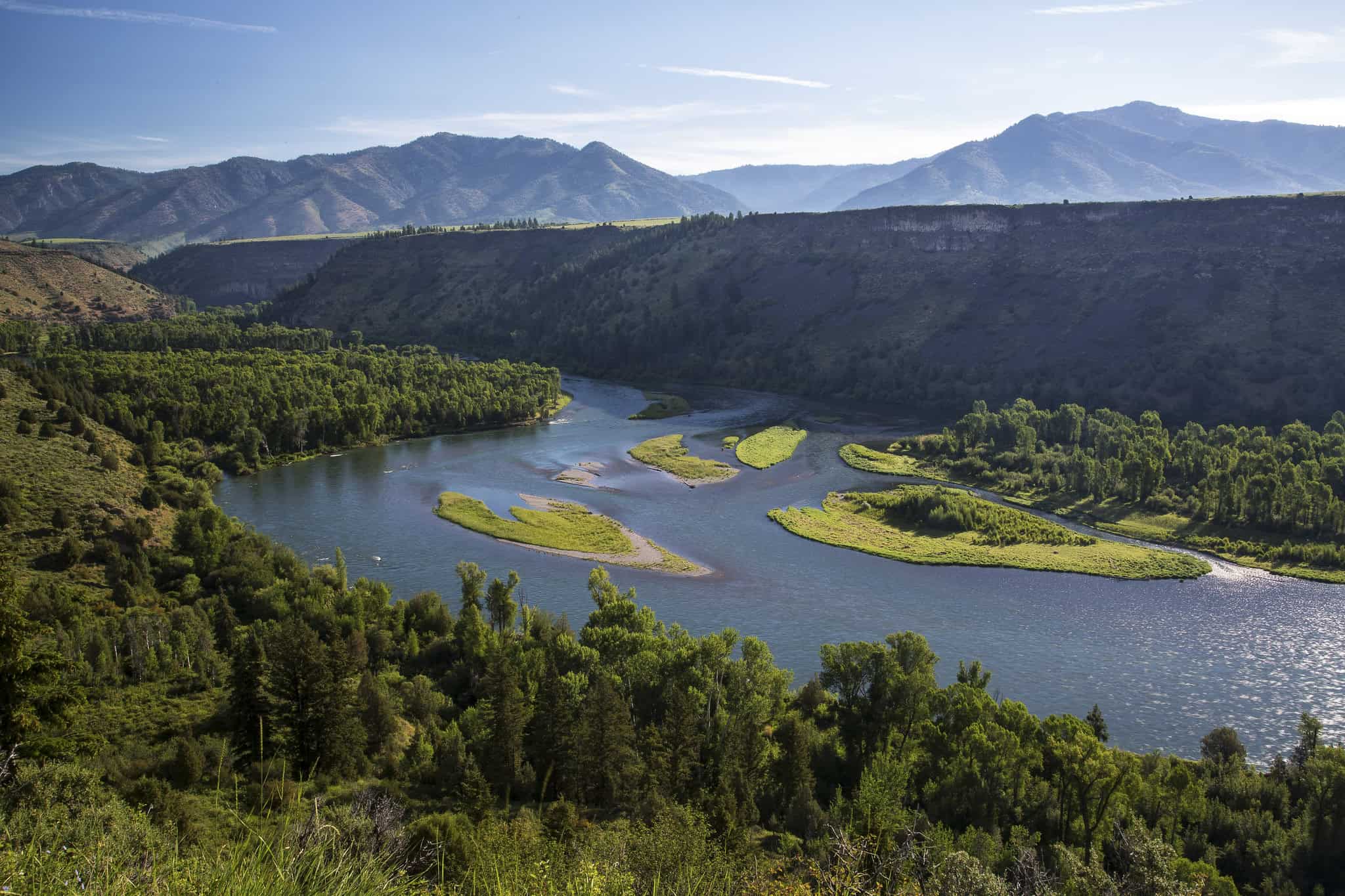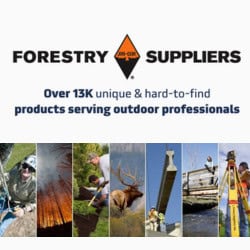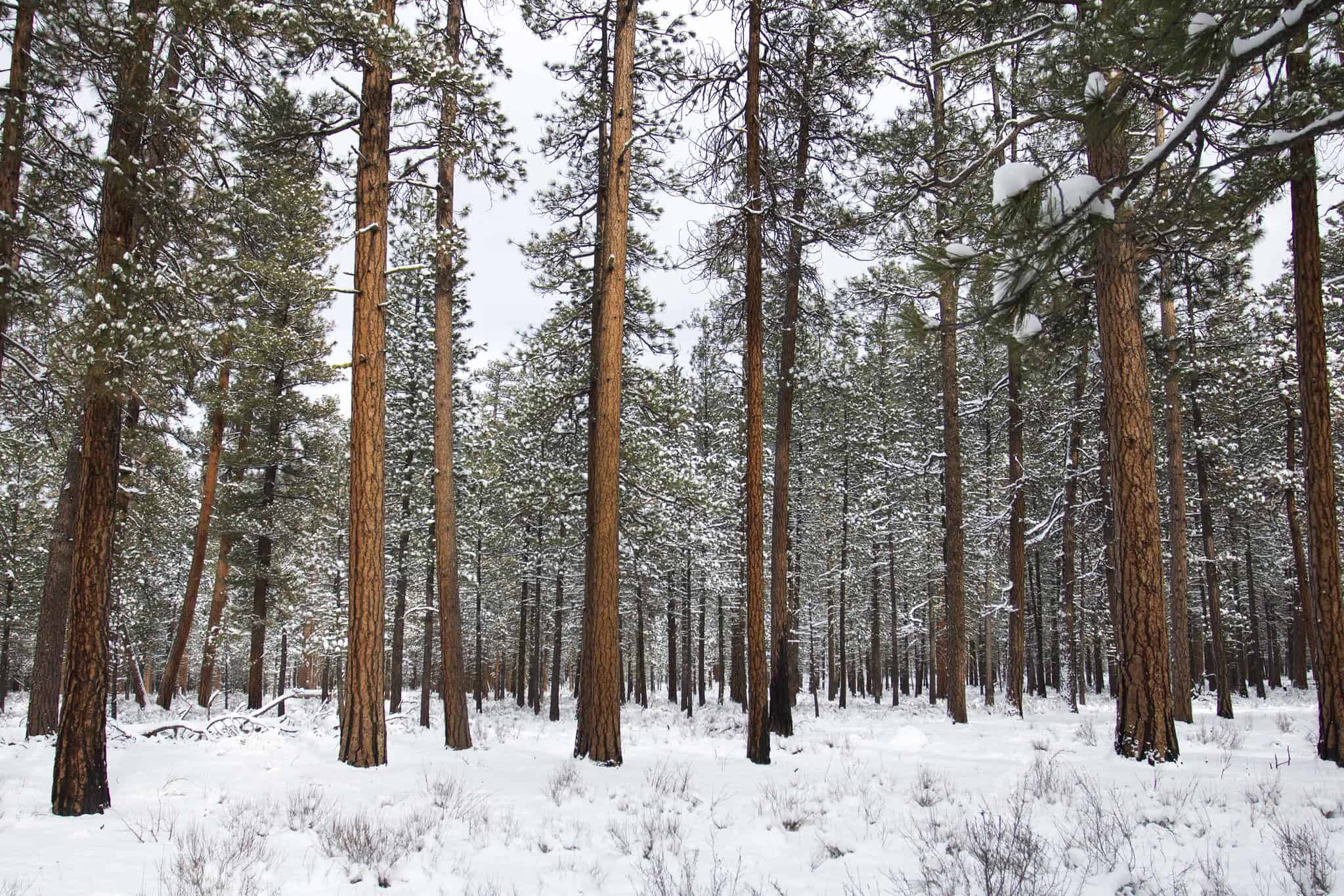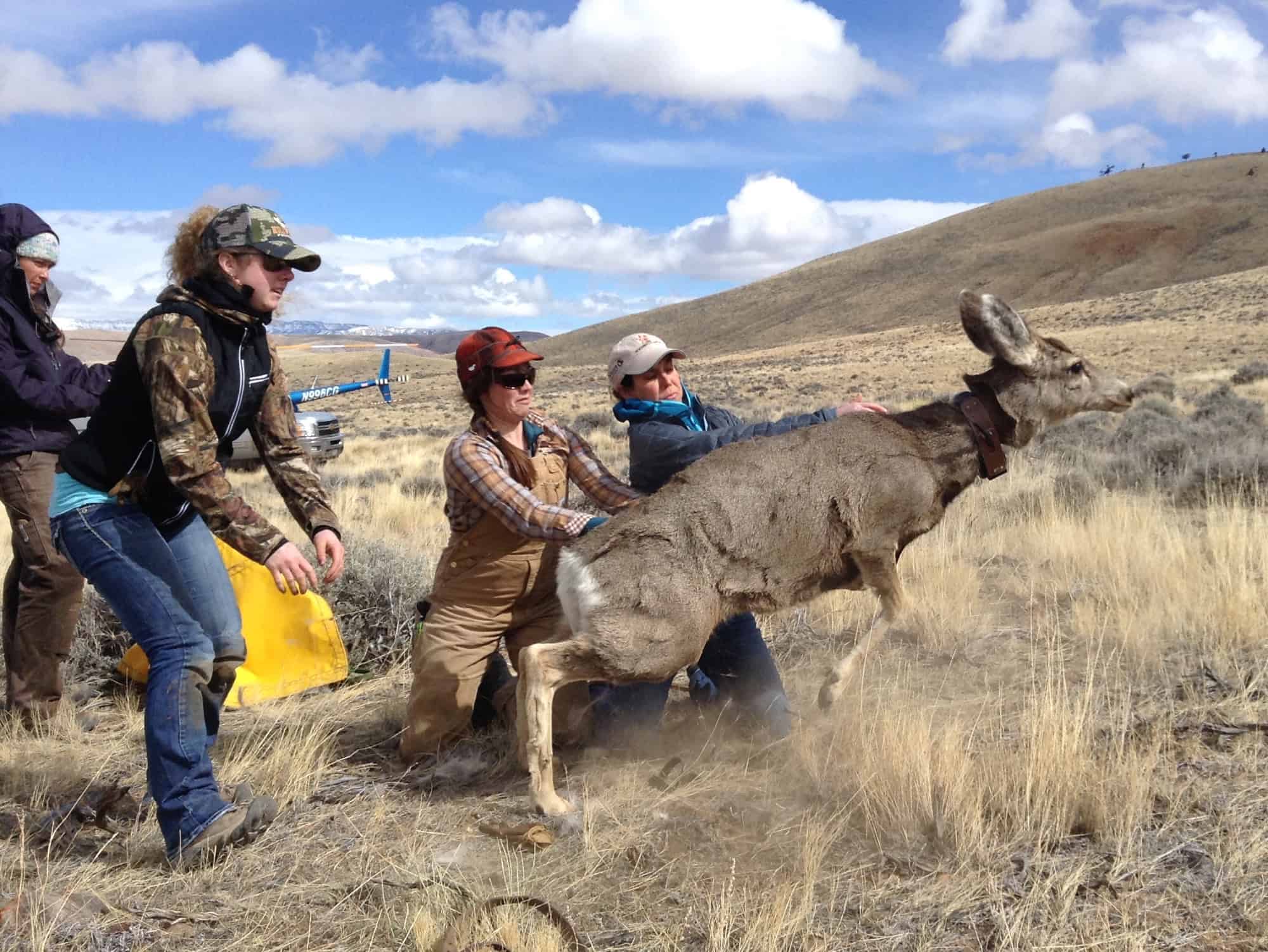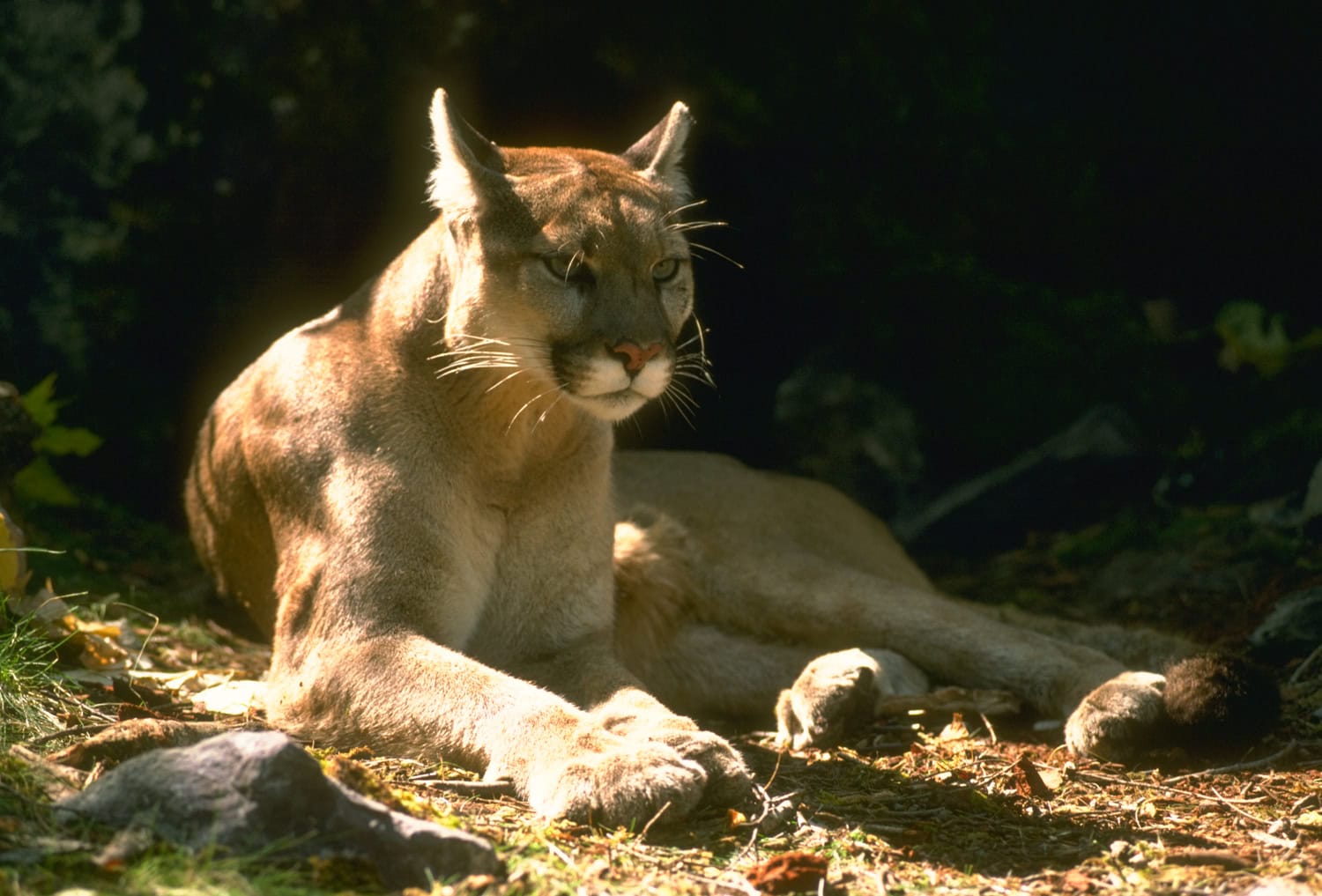Share this article
BLM Public Lands Rule moves closer to implementation
With the formation of a Federal Advisory Committee, the BLM’s Public Lands Rule is one step closer to implementation
The Bureau of Land Management recently announced the formation of a Federal Advisory Committee that will help implement the Public Lands Rule that went into effect on June 10, 2024.
The Public Lands Rule—formally known as the Conservation and Landscape Health Rule—will make public land conservation a top priority for the BLM. Historically, the BLM has placed an emphasis on livestock grazing, oil and gas drilling, and mining on the lands it manages. While this will still be the case, the Public Lands Rule puts conservation on equal footing with those types of land usage.
“The Public Lands Rule provides essential tools that will help the Bureau improve and conserve the health of the lands we’ve been entrusted with for present and future generations,” said BLM Director Tracy Stone-Manning in an early August press release. “With this guidance and the announcement of our advisory committee, we are showing our work, demonstrating how this rule will look in practice, and asking the public to help inform our implementation so we can make good on our obligation to protect and conserve the health of our public lands.”
A diverse group of stakeholders with different interests will make up the committee that will help the BLM effectively implement the rule. A series of internal guidance documents will help the BLM’s 175 field offices throughout the country assist in its execution.
The BLM details the rule as one that will protect the most intact and functional landscapes, restore degraded habitat, and use science, data and Indigenous knowledge as the foundation for management decisions.
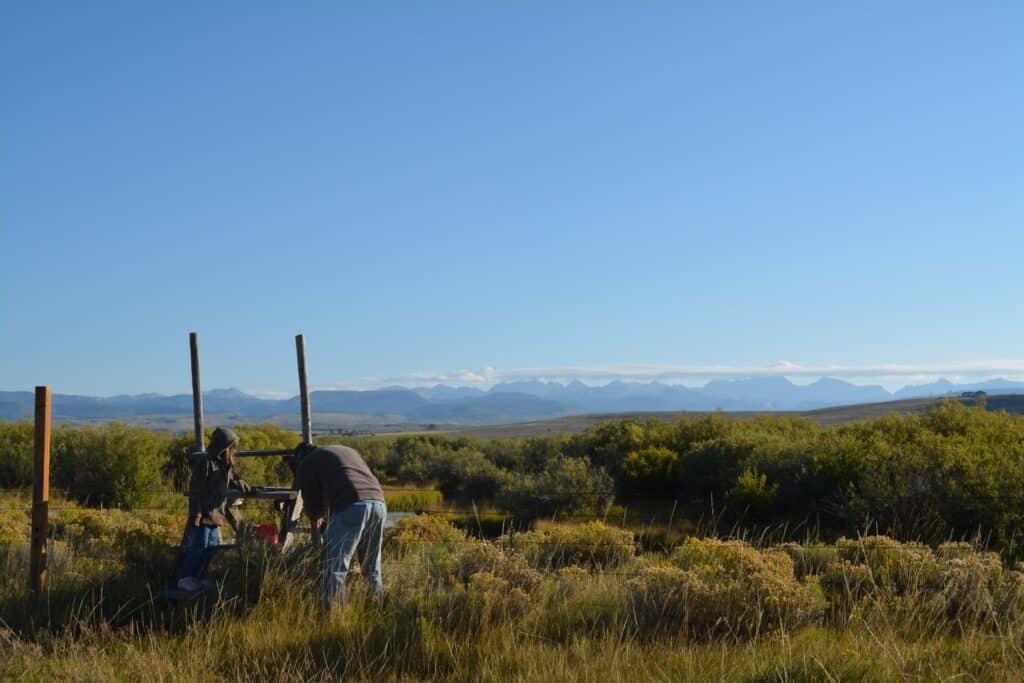
Some of the most notable aspects of the rule allow for the designation of Areas of Critical Environmental Concern (ACEC), the development of land health standards, and the creation of restoration and mitigation leases on BLM land.
The restoration leases may be issued to a qualified entity to assist in the recovery of an ecosystem that has been degraded, damaged or destroyed. Qualified entities could include individuals, businesses, Tribal governments, or state fish and wildlife agencies, among others. The entities would ideally hold the lease until the land is restored to a more natural, healthier state.
Although the Public Lands Rule faced some pushback from a handful of lawmakers who suggested the rule would be a detriment to more traditional land uses, the rule would still allow for grazing and development. Existing leases, like those for livestock, would not be interrupted if all parties involved don’t agree upon the proposed restoration work. If new development is created on BLM land, like a solar energy development, for example, then land elsewhere would be set aside for conservation to mitigate any development impacts.
The Wildlife Society’s Rangeland Wildlife Working Group, with assistance from TWS’ Habitat Restoration Working Group, submitted comments in support of the rule.
Header Image: The South Fork of the Snake River flows through a BLM-managed portion of Idaho. The river corridor is home to a variety of wildlife including moose (Alces americanus), elk (Cervus Canadensis), mountain lions (Puma concolor) and more. Credit: Bureau of Land Management.



